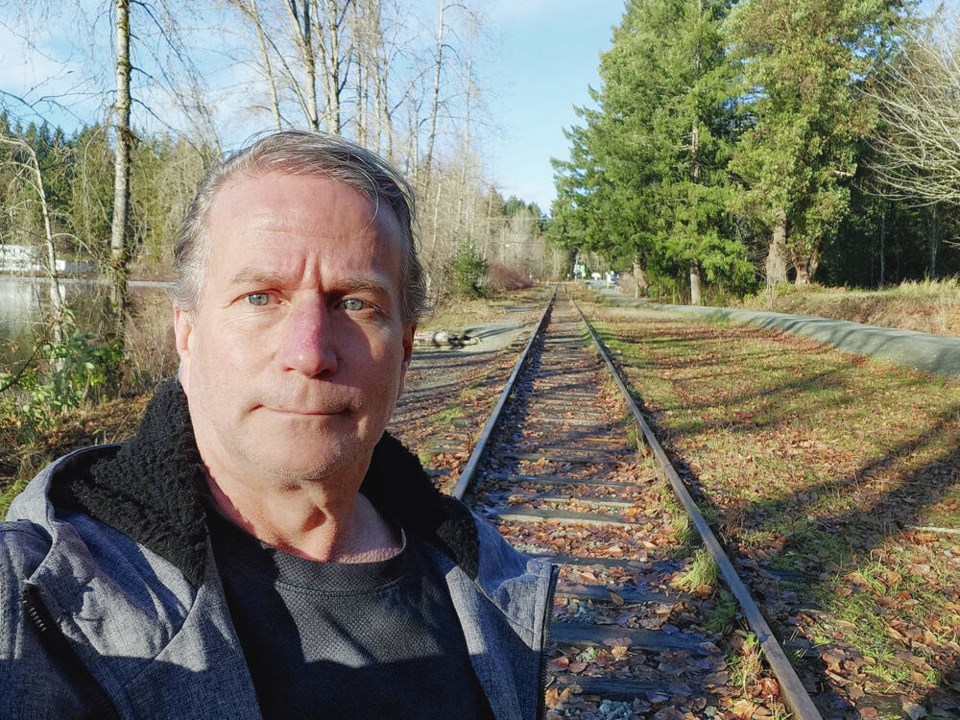A Shawnigan Lake resident has persuaded a Vancouver Island MP to present a petition to the House of Commons calling for a $1 billion investment to create a modern passenger and freight rail service along the old E&N line.
Warren Skaalrud collected 7,610 signatures to be presented in the house, possibly within the coming week. Signatures were collected between Sept. 13, 2023 and Jan. 11 of this year.
NDP MP Alastair MacGregor who represents the Cowichan-Malahat-Langford riding will bring the petition to fellow MPs.
Skaalrud has a second petition, with similar wording, underway through Change.org, now with more than 9,000 signatures. When not promoting the petition, Skaalrud is a soon-to-be-retired Department of National Defence employee where he is a service level manager and business intelligence officer.
The House of Commons petition calls for a $1 billion fund to be established using B.C. and federal funding opportunities for public transit.
It recommends using that money to create a modern freight and passenger service on Vancouver Island .
Such a service would be a strategic asset on the island, said the petition.
The petition said the non-profit Island Corridor Foundation should be recognized as being in the public interest and that it would need guaranteed funding if the project moves ahead. The Foundation, which owns the corridor, consists of 14 First Nations and five regional districts.
Freight service could run along the north-south route and out to the harbour at Port Alberni where cars could then head to Nanaimo and then onto the Mainland.
Skaalrud is opening debate again on the future of the railway, which last ran in 2011 when it was sidelined due to the poor condition of its tracks.
To some people, it makes economic sense to restore and use that rail line for a revived and modern system. To others, it could be better used as an active transportation trail without a train on it. Each position has advocates predicting economic and environmental benefits.
Several First Nations have spoken out because the train ran through their traditional lands.
In March of last year, the provincial and federal governments announced that rail line land would be returned to the Snaw-Naw-As Nation. That nation went to court seeking return of its land since it was no longer being used for rail service. The province committed $18 million to consultation.
The old rail line could be improved by reducing some of the corners on the track, Skaalrud said. Some trains are built to tilt around corners while keeping passengers comfortable.
He believes accident rates would be reduced if motorists left their vehicles at home and rode a train as passengers instead.
The organization Friends of Rails to Trails Vancouver Island commissioned a study which said that an active transportation trail would cost about $172.7 million and generate tens of millions of dollars annually on the island.
Costs have varied widely among studies about the possibility of a modern train service. One figured it could cost close to $1 billion while another pegged the price at about $431 million.



